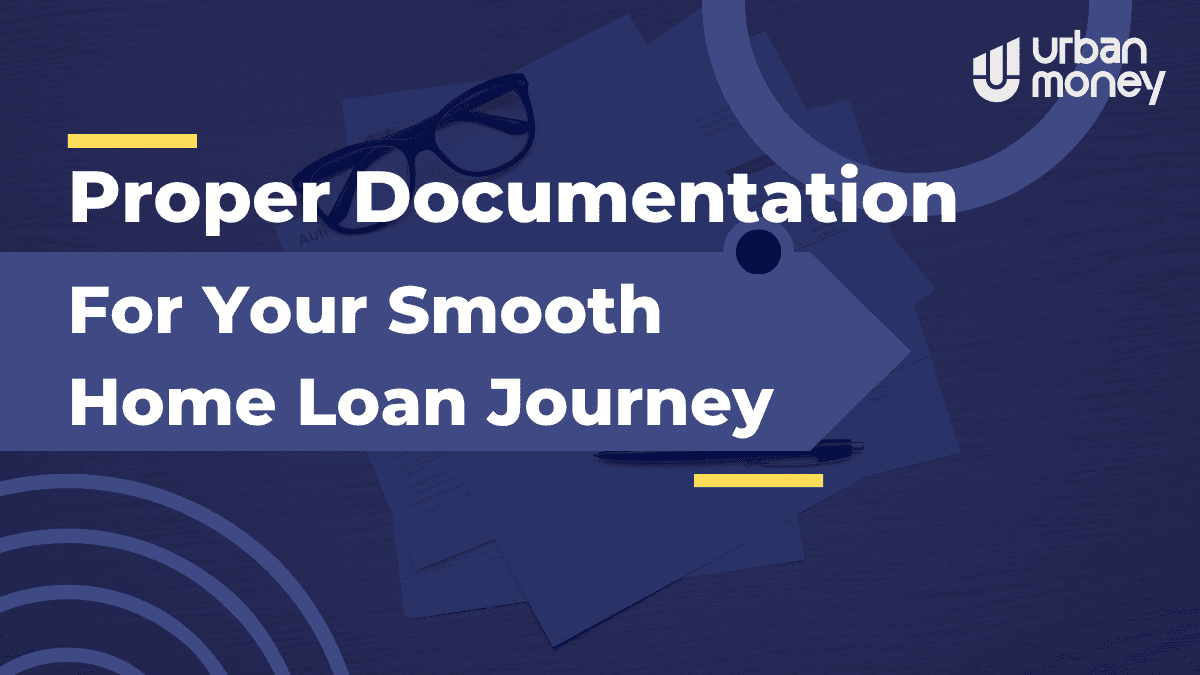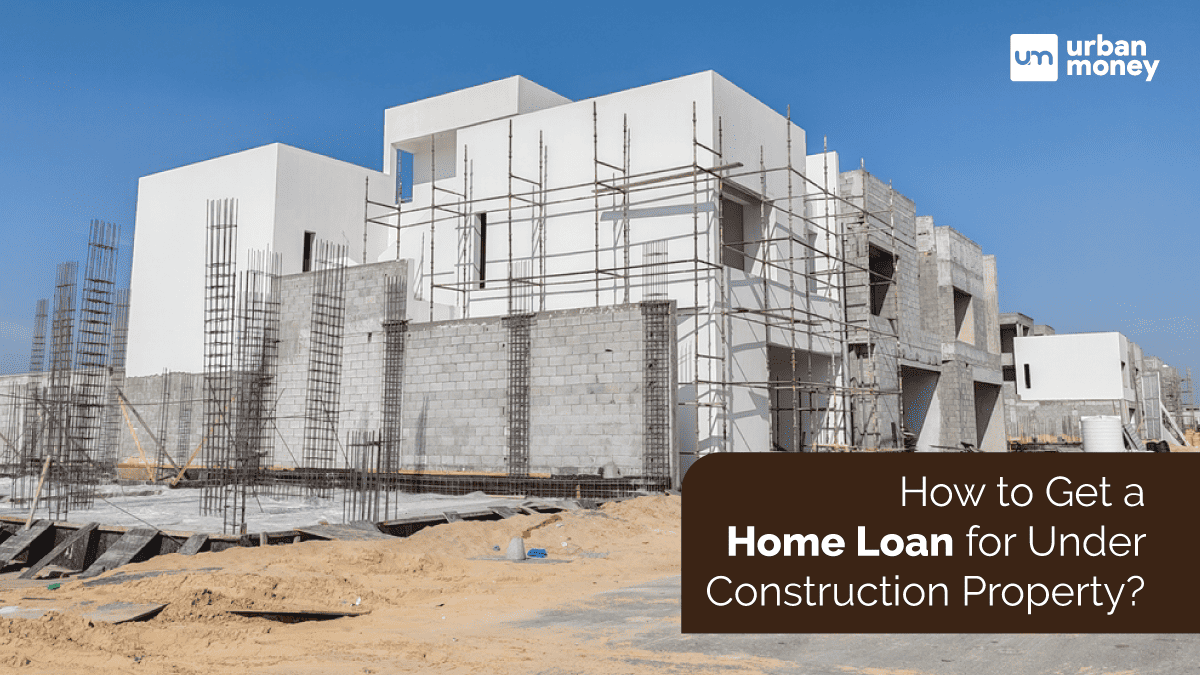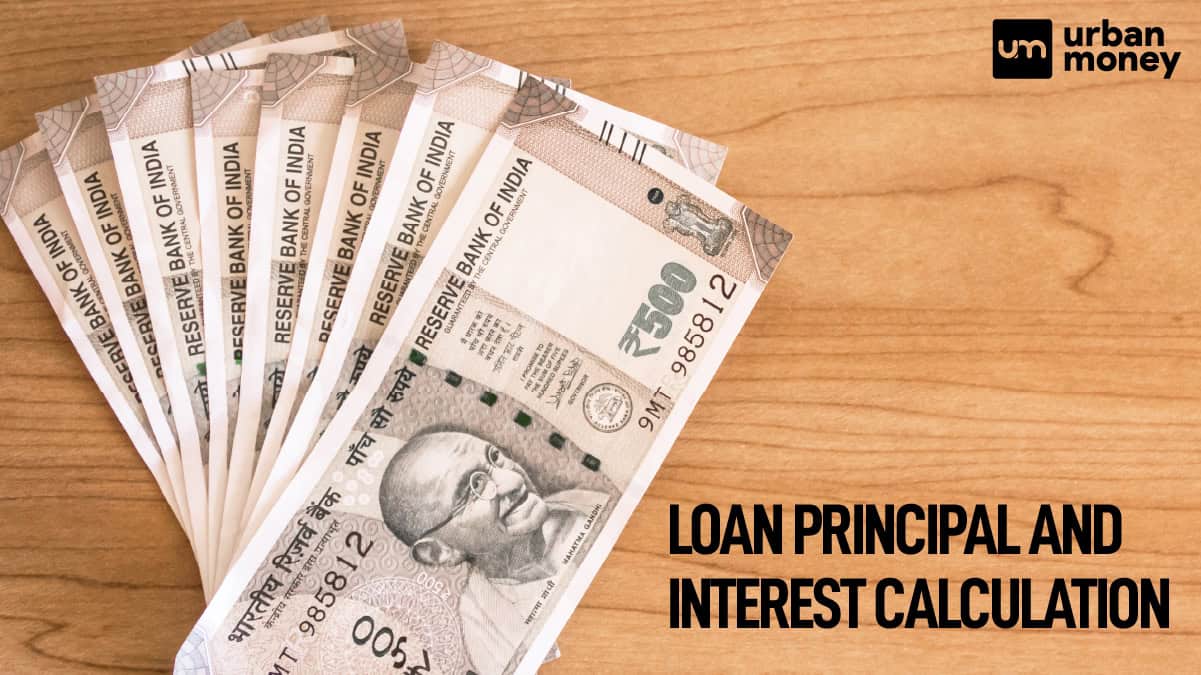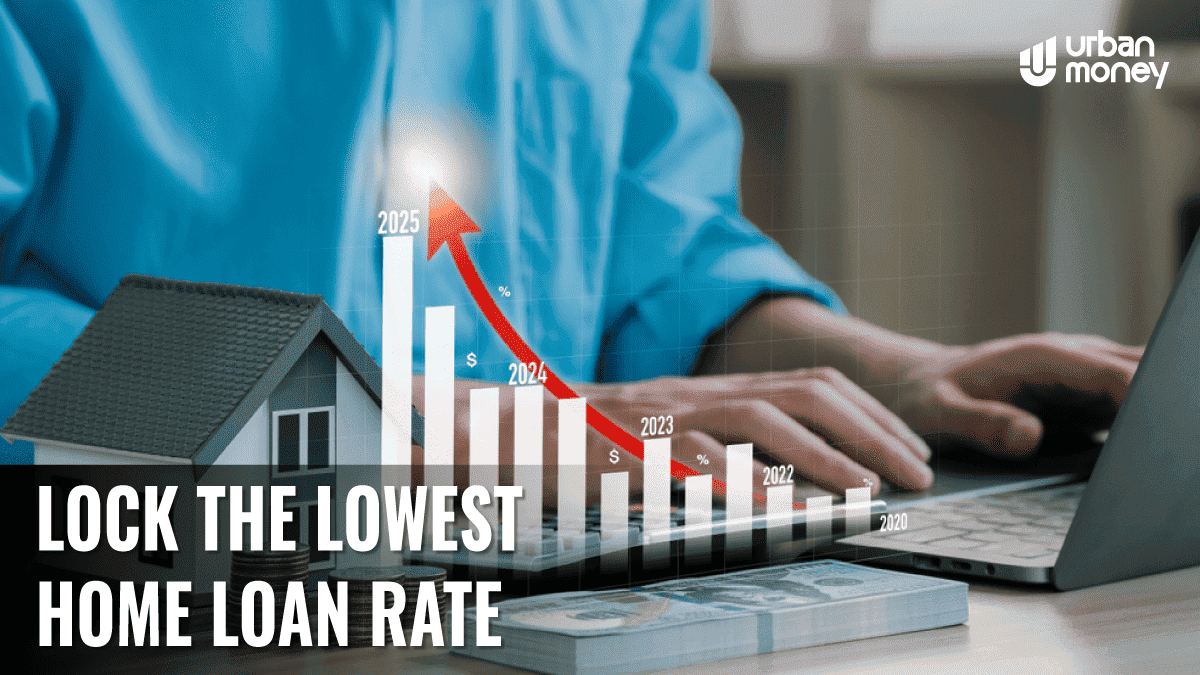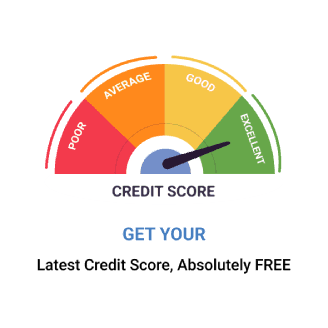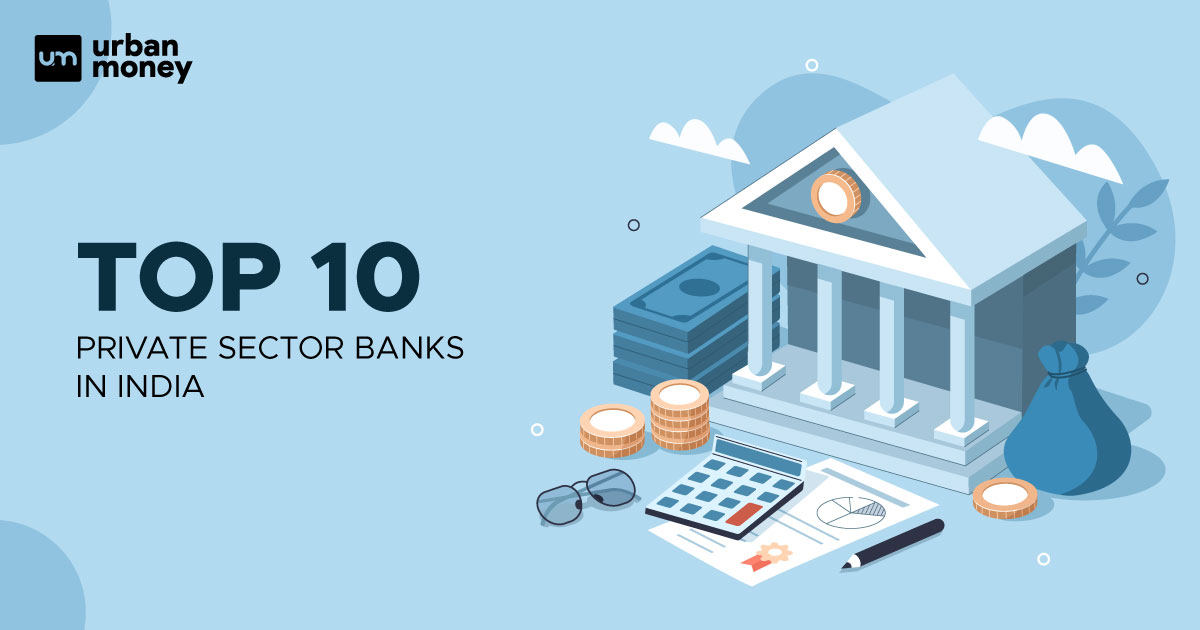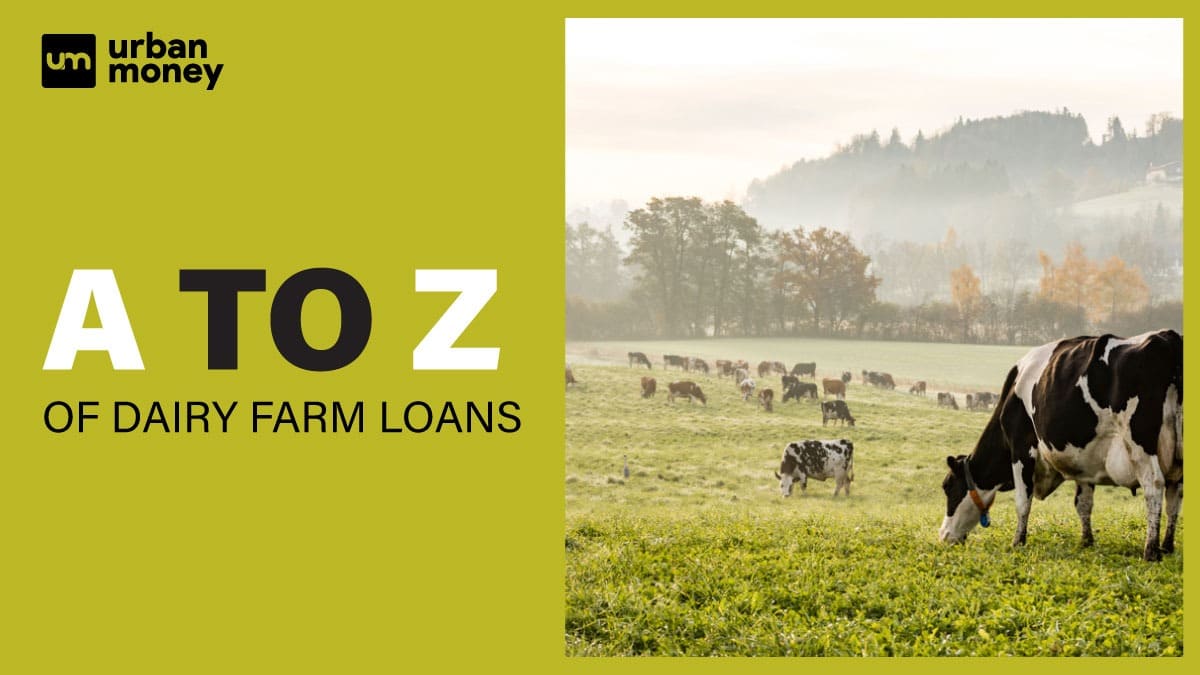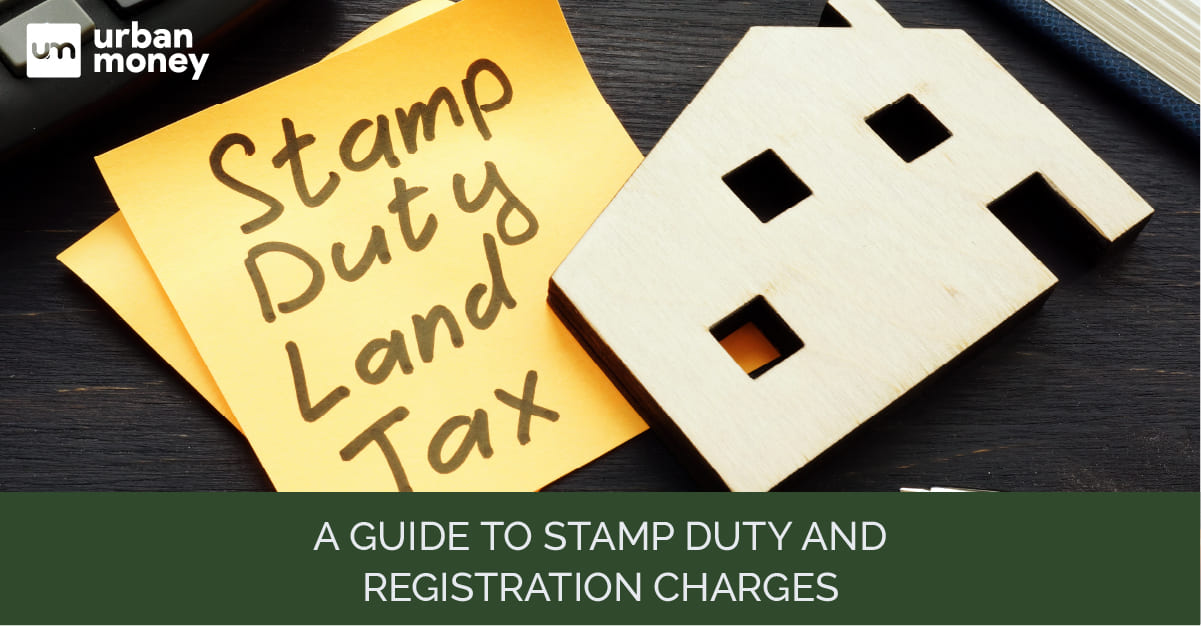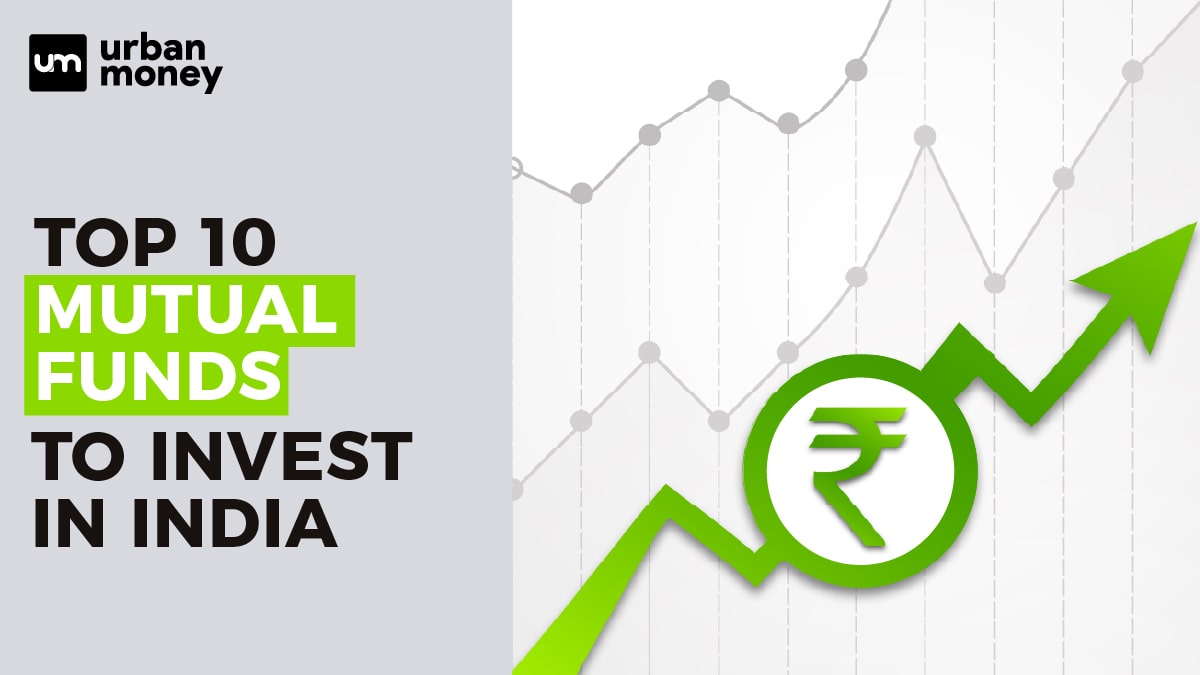Top 10 Best Private Banks in India List 2025
January 09, 2025
Home Loan Archive | Home Loan Interest Rates Spiked After RBI’s Repo Hike

May 12, 2022
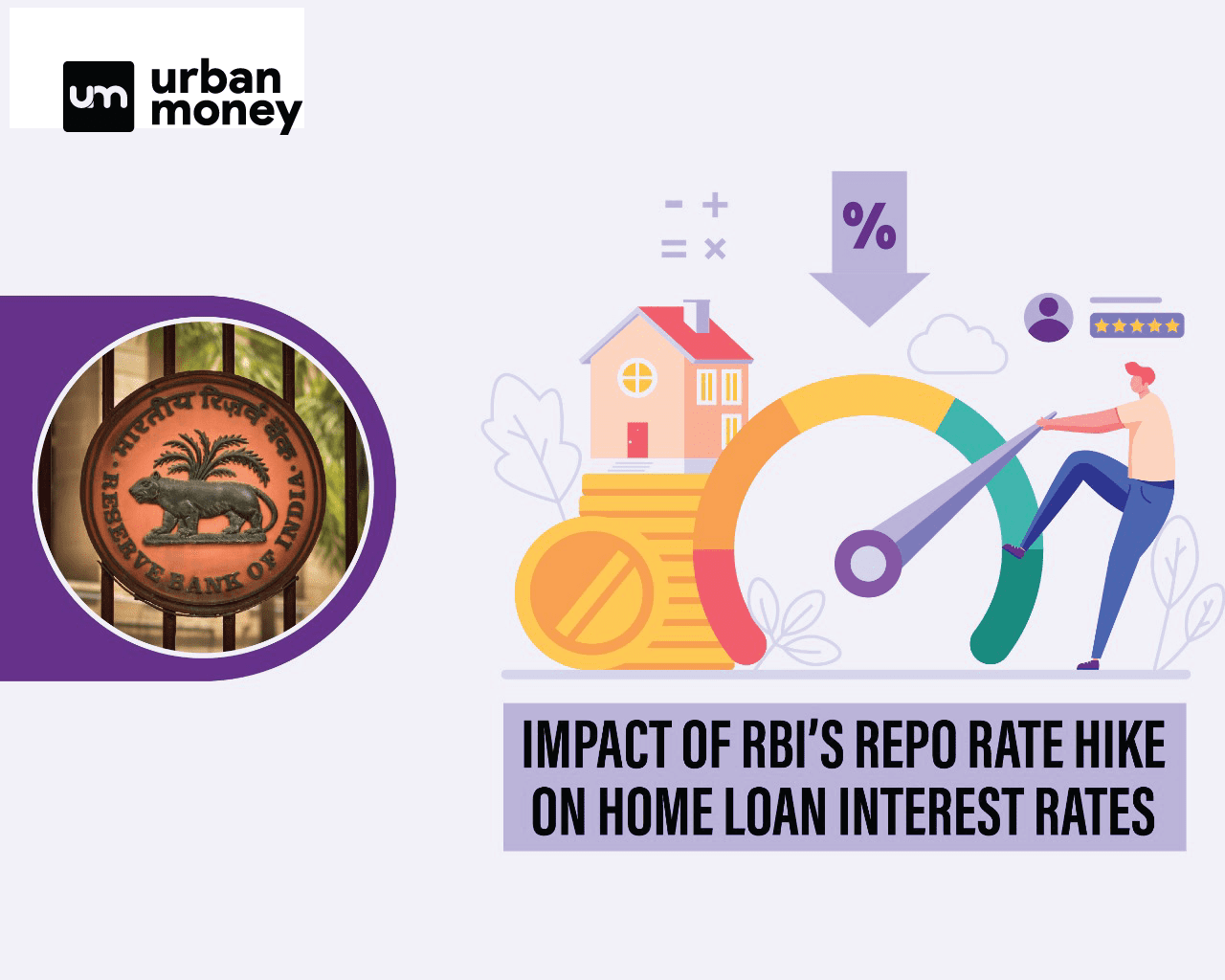

The Reserve Bank of India regulates the home loan criteria, which are constantly changing owing to numerous economic circumstances. Read the blog to learn more about the RBI and how its latest home loan guidelines will affect borrowers. The Reserve Bank of India (RBI) is India’s Central Bank, which was formed in 1949 with the primary goal of managing and governing the country’s financial system. It is also referred to as the banker’s bank and assists with banking regulation. In the same way, when it comes to financing, the RBI acts as a coordinating body that shapes all policies. Every lender, whether a bank, a non-bank financial organisation or even a housing financing company, is required to follow RBI criteria when offering a loan product, regardless of its type. The RBI recently made modifications to guidelines associated with interest rates and the LTV ratio. Home loan interest rates have been aligned with the RBI’s repo rate (rate over which the Central Bank lends credit to commercial banks). As a result of this, the country’s overall financial situation and the cost of house loans have spiked. We can’t recall the last time the repo rate was so high. Furthermore, the RBI’s directive allocating risk weights based on the LTV ratio is considered a step toward improving bank and home finance company efficiency. In this article, let’s look at the RBI Guidelines for housing loan interest rates, RBI repo rate hike and much more.
Table of Contents
ToggleLately, the Reserve Bank of India (RBI) surprised everyone by raising the repo rate by – 40 basis points to 4.40 percent with the mandate of immediate effect. However, several banks had already increased MCLR loan interest rates in anticipation of the RBI’s announcement. Following the RBI’s lead, many banks have begun raising interest rates on loans tied to the repo rate, in addition to raising the MCLR (external benchmark). In the second week of May, the RBI Governor, Shaktikanta Das, declared a 40-basis-point rise in the repo rate as well as a 50-basis-point increase in the cash reserve requirement. This step will leave a direct impact on the floating-rate home loan. Bank and HFCs will reflect on the hiked repo rate to customers whose housing loans were approved following October 1, 2019. Every housing loan sanctioned after October 1, 2019, is tied to an external benchmark, which in most instances is the repo rate. All loans that are somewhat linked to repo rate will now face an identical boost in interest rates, updated to 4.4 percent. In light of the system’s hardening interest rates, several well-known banks had already begun to raise their MCLR.
Despite the RBI’s repeated prodding, borrowers would then have to pay an interest rate that was not in accordance with the repo rate. To overcome the situation, RBI even implemented the MCLR in 2016. The aim was to bridge the gap between home loan rate of interest and repo rate. This was not accomplished by the base rate system that was established earlier. The MCLR performed better, but the outcomes were far from ideal. The MCLR-based housing loan interest rates showed a downfall of only 0.15 percent when the repo rate was cut by 0.25 percent. Banks, on the other hand, used to raise interest rates in the same proportion that the RBI raised the repo rate. The spread over the MCLR was widening the gap between the RBI’s repo rate and the housing loan interest rate. The way finance providers used to price house loans lacked transparency. However, it changed after the RBI implemented the Repo-linked Lending Rate. As a result, the repo-linked lending rate has commenced as a superior way to bring more transparency. But, the table is about to turn with the home loan interest rate after the RBI announcement.
Banks have increased their repo rate-related lending interest rates in response to the RBI’s rate hike. The Bank of Baroda lately announced a 40 basis point rise in its repo-linked home loan rate of interest. The bank’s lowest housing loan interest rate has increased from 6.5% to 6.9%. Similarly, the Bank of India lifted its interest rates from 6.5 to 6.9%. As a result, EMIs for an INR 75 lakh housing finance with a repayment tenure of 20 years will increase from INR 55,918 to INR 57,698. The lowest housing loan interest rate offered by private sector finance provider Federal Bank has climbed from 7.65 to 8.05 percent. The EMI on an INR 75 lakh home loan with a 20-year payback period will rise by INR 1857, from INR 61,109 to INR 62,967. With effect from May 9, India’s largest mortgage provider, HDFC, has lifted its prime lending interest rate by 30 basis points. Those with credit ratings of 750 or higher can now avail of a home loan at a 7% interest rate, which was previously locked at 6.7 percent. ICICI Bank has also increased its repo-linked rate, bringing the lowest housing loan rate to 7.1%, contrary to the previous one, clocked at 6.7%.
Here’s what you need to know about the latest RBI guidelines in 2022.
The RBI chose to hold the repo rate steady for the tenth time on February 10, 2022. The six-member Monetary Policy Committee, led by governor Shaktikanta Das, unanimously voted to hold the rate at 4 percent and also the reverse repo rate at 3.35 percent.
A housing loan interest rate is directly influenced by the repo rate. When the RBI maintains a lower repo rate, the cost of debt for banks falls, and at the same time, the benefits are transferred to the consumers.
Before granting a house loan, all financial institutions, including banks and NBFCs, consider the LTV ratio as a measure of lending risk. The RBI has enhanced the LTV Ratio to 90 percent in cases where the home loan is less than INR 30 lakhs to encourage people to buy homes and make housing finance more accessible.
In addition, the Loan to Value ratio for mortgages above INR 75 lakhs can be up to 75%. As a result, the greater the LTV number, the easier it will be for the borrowers to buy a property using a home loan.
Moreover, the RBI has stated that registration, stamp duty, and documentation fees will not be considered when determining LTV. As a result, the upfront deposit of 10 percent that the home loan applicant must make is reduced.
A home loan can be for as much as INR 1 crore or more, with a maximum repayment term of 30 years. If you pay off your house loan in full or in part before the term finishes, you will save money. This is possible if you receive additional funds. As a result, the RBI has cancelled prepayment penalties in the event of floating interest rates. For fixed interest rates, the penalty is kept at 3 percent to assist house loan borrowers. Previously, lenders demanded a prepayment penalty of not above 5 percent of the debt amount.
The RBI has abolished foreclosure charges intended to facilitate house loan borrowers in refinancing their loans. Housing finance borrowers can now easily move their loans to another bank for a reasonable interest rate. As a result, there is no need to pay foreclosure charges when you decide to transfer your loan from one existing lender to another.
The home loan interest rate after the RBI announcement has become more accessible for borrowers. The RBI is constantly updating the guidelines associated with home loans to encourage more people to have their own house and to ensure that all lenders are following the same set of laws and regulations. It’s always a good idea to keep up with the current RBI standards so that you can choose the correct home loan provider.
The current RBI repo rate for home loans is clocked at 4%.
The major effect of the RBI repo rate hike is increased home loan interest rates making home loans an expensive deal.
The RBI has increased the repo rate by - 40 basis points, locking the rate at 4.40%.










© 2025 www.urbanmoney.com. All rights reserved.

Need Loan Assistance?






